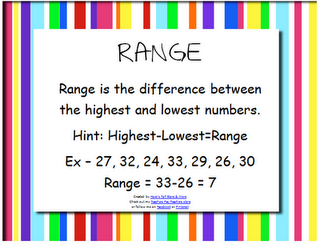

For example, the range of the sine function is, while the range of the tangent function is (-∞, ∞) with excluded values at the zeros of the cosine function.

Trigonometric functions: Trigonometric functions, such as sine, cosine, and tangent, have ranges that depend on the period of the function.If the vertex is the lowest point, the range is, meaning that the function takes on all non-positive values. Quadratic functions: Quadratic functions, such as f(x) = x^2, have a range that depends on the vertex of the parabola.Some examples of range in mathematics include: Range is a concept that is used in many areas of mathematics, including algebra, calculus, and statistics. For example, if the domain is a closed interval, then the range will also be a closed interval. Analyzing the domain: The properties of the domain of a function can provide information about the range.These methods can be more complex, but they can provide a more precise determination of the range. Algebraic methods: Algebraic methods, such as solving for y in terms of x or using calculus, can be used to find the range of a function.The range can be read off the graph by looking at the y-values of the points on the graph. Graphing the function: Graphing the function can provide a visual representation of the range of the function.Some of the common methods for finding the range of a function include:
Range in math definition free#
GET $15 OF FREE TUTORING WHEN YOU SIGN UP USING THIS LINK Finding the Range of a Functionįinding the range of a function can be done using several different methods, depending on the properties of the function and the domain. Outliers can have a significant impact on the analysis of data, and the range can be used to identify and remove them.



 0 kommentar(er)
0 kommentar(er)
